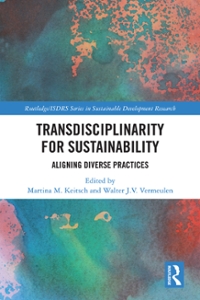Question
1. During the postwar period, Nontariff trade barriers (NTBs) and tariffs have both increased in importance and use. NTBs and tariffs have both decreased in
1. During the postwar period,
- Nontariff trade barriers (NTBs) and tariffs have both increased in importance and use.
- NTBs and tariffs have both decreased in importance and use.
- NTBs have increased and tariffs have decreased in importance and use.
- NTBs have decreased and tariffs have increased in importance and use.
Answer: Page: 226
2. When a small country experiences an upward shift in the demand curve, a given import quota would result in ___ and ___.
A) higher domestic price, more imports
B) higher domestic price, same imports
C) same domestic price, more imports
D) same domestic price, same imports
Answer: Page: 227-229
3. When a small country experiences an upward shift in the demand curve, a given import tariff would result in ___ and ___.
A) higher domestic price, more imports
B) higher domestic price, same imports
C) same domestic price, more imports
D) same domestic price, same imports
Answer: Page: 227-229
4. Which of the following statements is true about the voluntary export restraints (VERs)?
A) WTO members are not allowed to impose new VERs.
B) Government of the importing country captures the revenue effect of VERs.
C) VERs were mostly negotiated by developing countries to curb exports from industrial nations.
D) All of the above
Answer: Page: 229-230
5. According to Case Study 9-2, ______ got worse off as a result of the voluntary export restraints on the Japanese automobile exports to the US negotiated in 1981.
- US automobile manufactures
- US consumers
- Japanese automobile manufactures
- Labor in the US automobile industry
Answer: Page: 230
6. If Japan ____, then Japan is guilty of dumping cars into the US market.
- sells cars in the US for a price above production costs
- sells cars in the US for a price below production costs
- produces cars at a lower cost than the US can produce them
- produces cars at a higher cost than the US can produce them
Answer: Page: 232
7. With which type of dumping do domestic consumers get better off in the short run but worse off in the long run?
A) Persistent dumping
B) Predatory dumping
C) Sporadic dumping
D) All of above
Answer: Page: class discussion
8. The US government introduced the trigger-price mechanism in 1978 in response to dumping in what industry?
- Steel
- Cotton
- Automobiles
- Consumer Electronics
Answer: Page: 232
9. Which of the following countries was the #1 initiator of antidumping investigations in the period of 2011-2017?
A) China
B) US
C) EU
D) India
Answer: Page: lecture notes
10. Which of the following is a form of export subsidies?
- Tax relief to (potential) exporters
- Subsidized loans to (potential) exporters
- Low-interest loans to foreign buyers of the nation's exports
- All of the above
Answer: Page:234
Step by Step Solution
There are 3 Steps involved in it
Step: 1

Get Instant Access to Expert-Tailored Solutions
See step-by-step solutions with expert insights and AI powered tools for academic success
Step: 2

Step: 3

Ace Your Homework with AI
Get the answers you need in no time with our AI-driven, step-by-step assistance
Get Started


